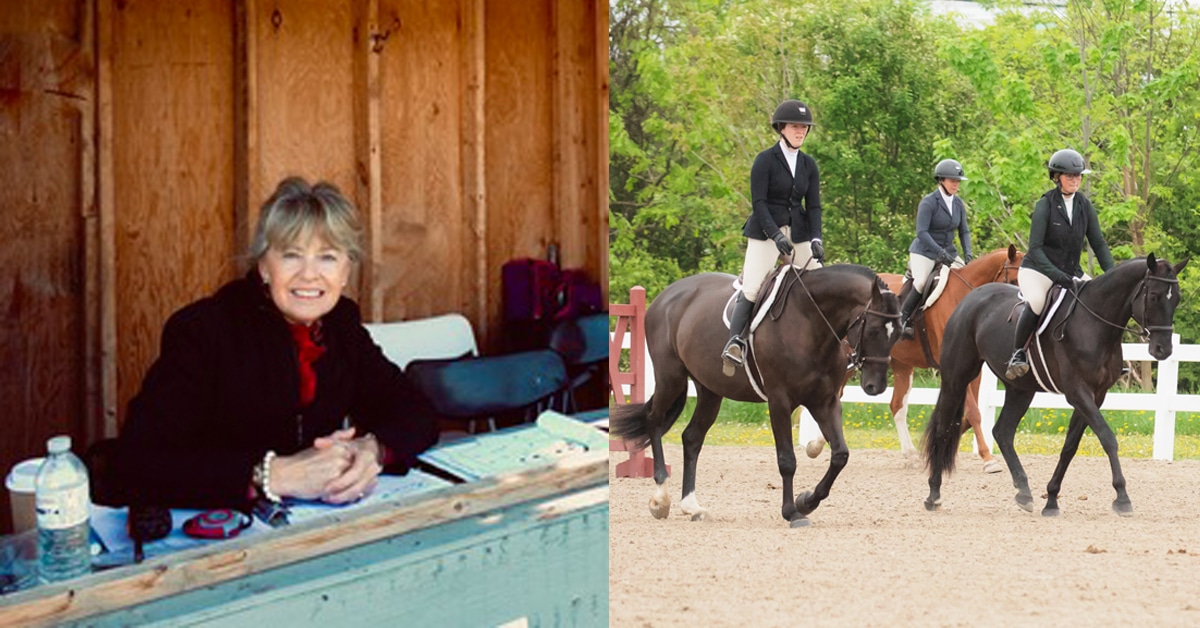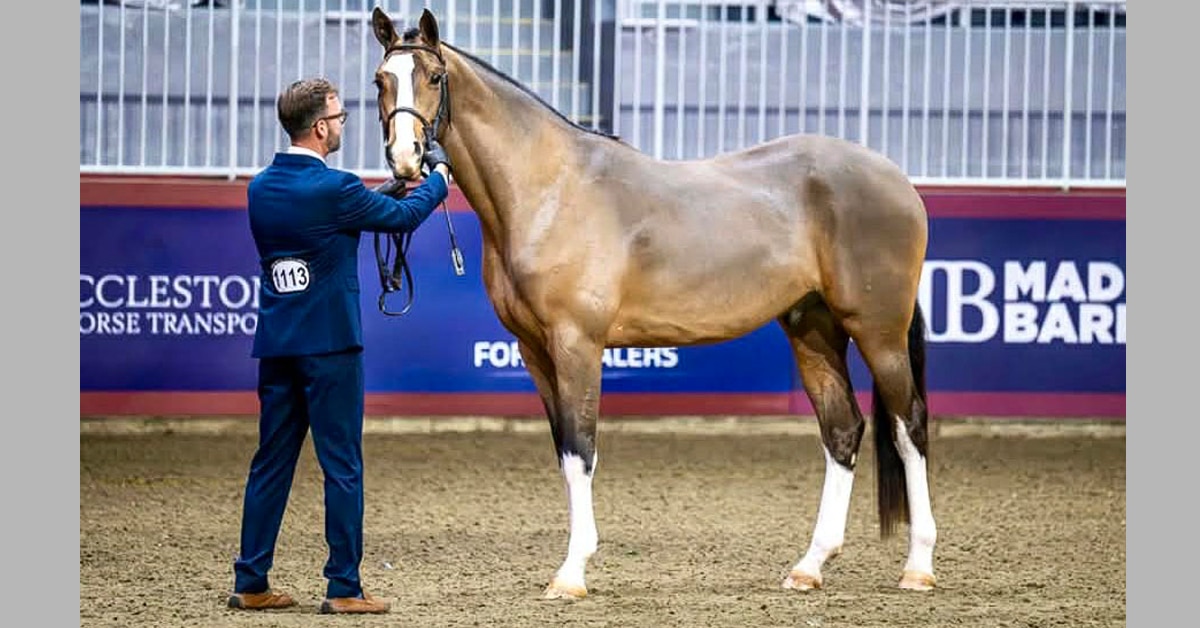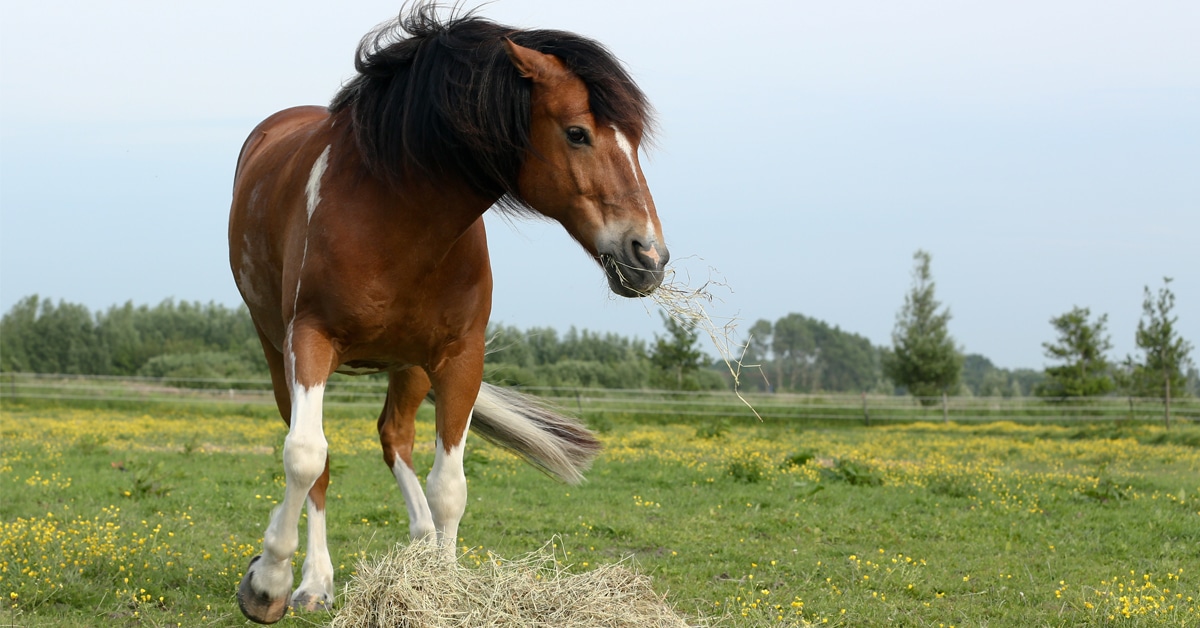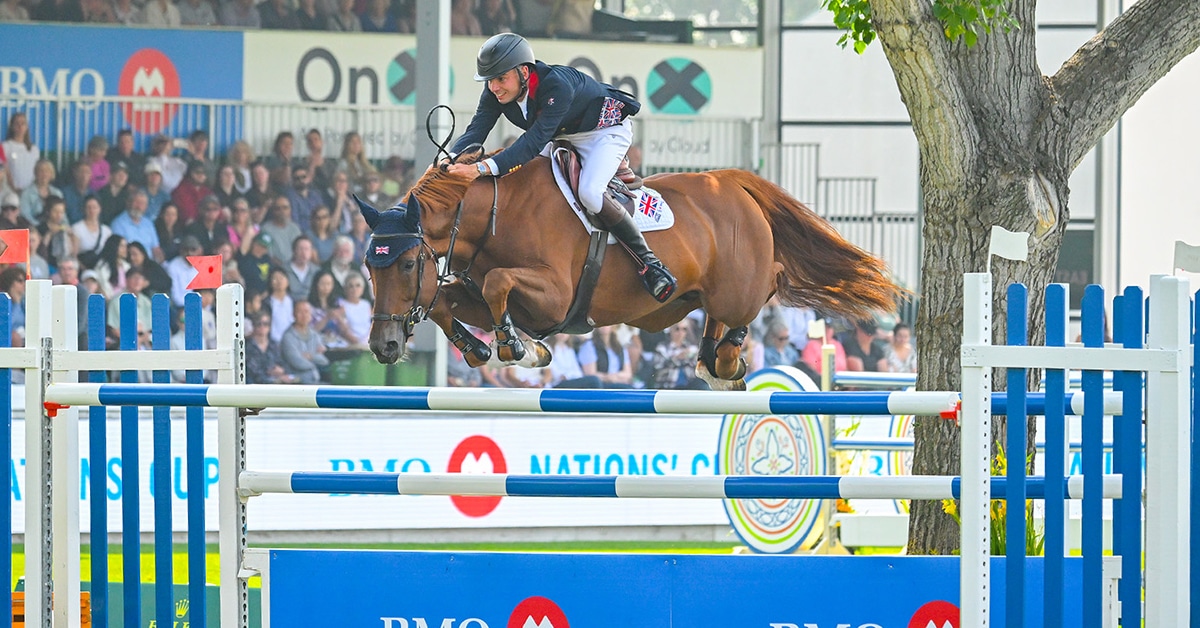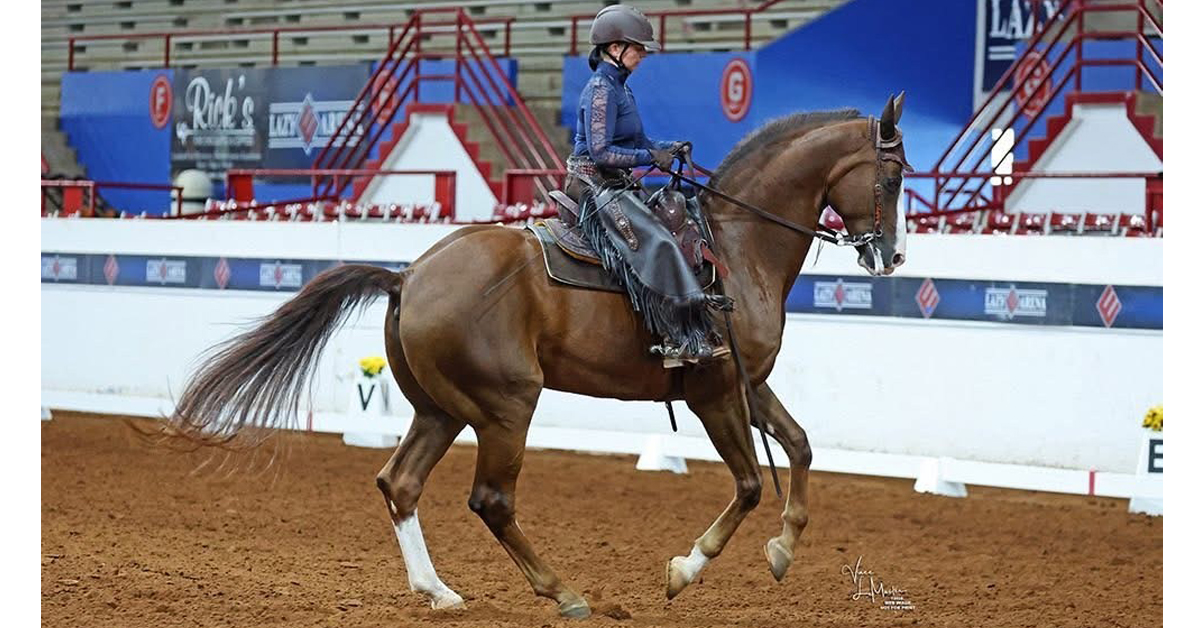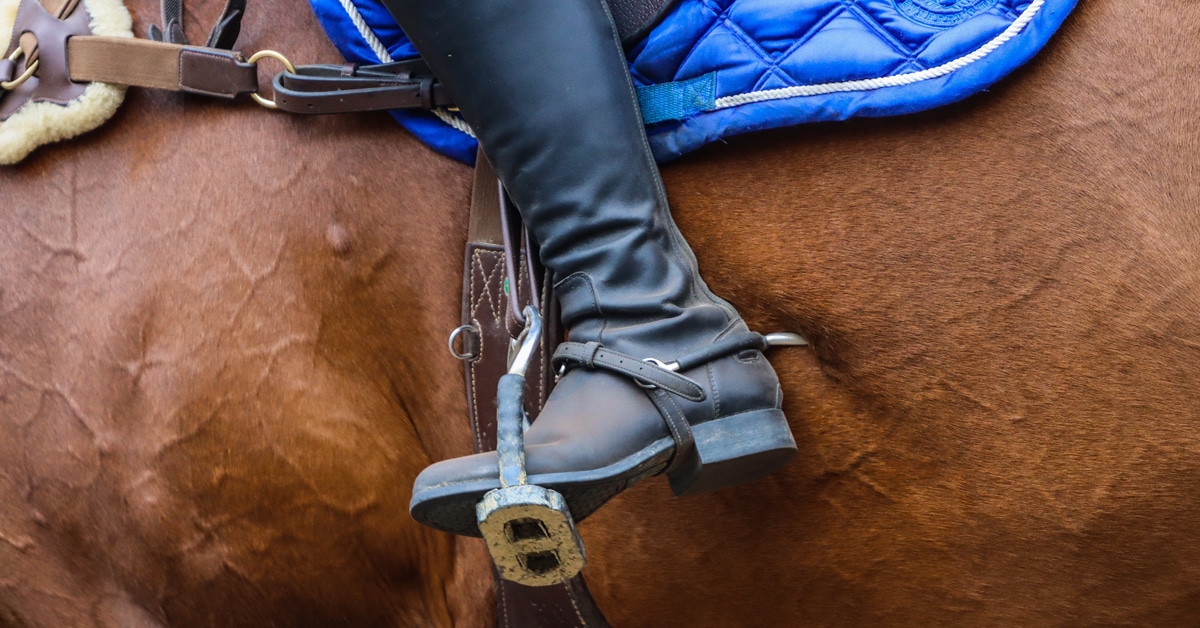Gone are the days when young equestrians have to put their riding careers on hold while they go off to university. The National Collegiate Equestrian Association (NCEA) with headquarters in Waco, Texas, provides opportunities for riders to continue developing and competing while also pursuing a higher education.
The National Collegiate Athletic Association (NCAA) welcomed equestrian sport into its membership in 1998, and since then, 22 universities have sponsored a Division I or Division II equestrian team and become members of the NCEA. Dr. Leah Holland Fiorentino, executive director of the NCEA, comments on its growth. “I’ve had the good fortune to see the evolution of the NCEA format over the past 10 years and I am thrilled to be invited to support the work of the association during the transition of collegiate equestrian to NCAA championship status. For the past 10 years, I’ve watched with great interest as the national championships have evolved from an individual class format to the current team head-to-head bracketed tournament. This championship format mimics the work-off format seen in USEF junior and youth finals and extends through the international WEG [World Equestrian Games] competitions.”
NCEA schools may offer scholarships to their recruits and must follow all the governing rules of the NCAA. The average team has approximately 46 members who compete in equitation over fences, equitation on the flat, reining, and horsemanship. The teams travel throughout the US to compete against other NCEA teams at the host team’s facility in as many as 15 competitions per school year. The season runs throughout the academic year and ends in April when the top 10 to 12 teams travel to the National Championship at Baylor University in Waco, Texas.
Meghan Cunningham, current president of the NCEA and head coach at the University at Tennessee Martin, says, “We have several Canadian riders that participate on NCEA teams, all of whom contribute to their respective institutions and teams. Each university receives several inquiries from prospective Canadian student athletes. Because many of these student athletes compete in the US, or ride in competitions similar to the USEF standard, they are strong candidates for our teams and recruiting.” Five such successful student athletes include Amelia Vernon, Hayley Jeske, Nora Gray, Jessica Blum, and Santana Wright.
Amelia Vernon of Calgary, AB, had many outstanding accomplishments in the show ring before joining the University of South Carolina equestrian team in the fall of 2013. In 2011 she won the CET Prairie Regional Final, the Jump Canada Medal Final, the Canadian Hunter Derby Finals and was named 2011 Alberta Hunter Rider of the Year.
“I knew I didn’t want to have the typical college experience,” explains Amelia. “I wanted to try something different. I looked at the university riding team as a way to continue riding steadily through college while getting a unique college experience. As a team, we also do a lot of community service. So far I have been involved with the Curing Kids Cancer organization and the Epworth Children’s Home. Working with kids has been extremely rewarding – they all adore pony rides!”
Amelia really enjoys being part of a team. “Riding on a team brings an entire new aspect to equestrian. It has a similar feel to a Nations’ Cup-type format, but instead of three to five people on a team, it can be upwards of 20 to 40 people. Every single point counts, so you really have to have the right plan and be competitive under pressure. Everyone is incredibly supportive of each other and the energy at the meets is incredible.”
Hayley Jeske left the west coast of Canada to attend Delaware State University on the east coast of the US. The Delta, BC, native is in her junior year at university as a Movement Science major with a focus in Pre-Health Professional, maintaining an impressive 3.83 GPA. Hayley has been an active participant on the DSU hunt seat team by winning several points in equitation on the flat and over fences. Her two MVP awards on the flat against Auburn and Sacred Heart earned her the team’s Most Valuable Flat Rider of the Year award in 2014.
The team is an important part of Hayley’s university experience, but she adds, “Although I take my riding very seriously, the academic side of being at DSU is the most important for me. As a Movement Science major, I am pretty committed to my courses, because I want to graduate on time and I know that my future depends on my college career.” Outside of her studies, Hayley says that her favorite part of her time at DSU is being with the team every day. “Our team has an awesome group of girls, so it’s always a good time, whether we’re waking up early for workouts or having team meetings before a show.”
Nora Gray of Orillia, ON, deferred her attendance at Southern Methodist University in Texas for a year after graduating high school and is spending time riding and showing with Ashford Farms in Belgium, one of Europe’s top training and sales facilities. Nora is an accomplished rider and comes from a strong equestrian family. Her parents own Jack Pine Equestrian Centre and her mother, Jennifer, is also an accomplished rider and coach. Nora will be joining the SMU Mustangs in August of this year and is very excited to be part of a team, continuing to gain more experience riding different horses in pressure situations.
“Riding different horses won’t be scary for me,” says Nora, “but one thing I think will take some getting used to is the competition format, where you have to go head-to-head with one other person. The entire setup of the competition is completely different than any other, so it will be interesting to see how it plays out.”
Jessica Blum of Gormley, ON, is a six-time junior hunter champion, four-time Jump Canada Medal champion and two-time CET Medal champion in 2014 alone. She will be joining the University of Georgia Bulldogs this August, where she will major in Life Sciences. Jessica visited three NCEA schools before signing a letter of intent with Georgia. “I’m looking forward to competing on a team. I am excited to be able to share the ups and downs with fellow teammates and cheering them on.” When asked what she thought might be challenging about riding for a varsity equestrian team, Jessica says, “Typically in our sport, you take time to build a relationship with the horse. In the university program you are riding team horses that you do not know, and it could be very challenging.”
Santana Wright, of Port Hope, ON, is an alumna of the South Dakota State Equestrian team, where she made the most of her university experience. Santana has these words of advice for anyone considering life as a student athlete in the NCEA: “You can expect to be very busy. Your time management skills will be put to the test with early morning team workouts at least twice a week, riding four or five times per week, a full academic class load, mandatory volunteer hours, and plenty of team bonding activities. Then once you start travelling with the team to other schools you must still keep up with your academic assignments and exams. It’s challenging but very rewarding. I enjoyed my time as an NCEA team member so much that I am considering future opportunities in coaching with one of the teams.”
Consistent among all the riders who were interviewed is the sentiment that being an NCEA equestrian in the US is one of the best decisions they ever made; they would all highly recommend it to anyone who wants a unique and gratifying university experience. If you are a junior in high school with national hunter equitation experience and an adventurous spirit, you could become the next young Canadian rider to join an NCEA university equestrian team. Education, competitive riding, and lifelong friendships are all part of the package.
As per NCAA rules there is quite a detailed process to follow when applying to an NCEA university team. It is very important that each potential student athlete follow the guidelines provided so that they remain eligible for recruitment. Those guidelines can be found at www.collegiateequestrian.com, the official site for the NCEA.
The Latest
